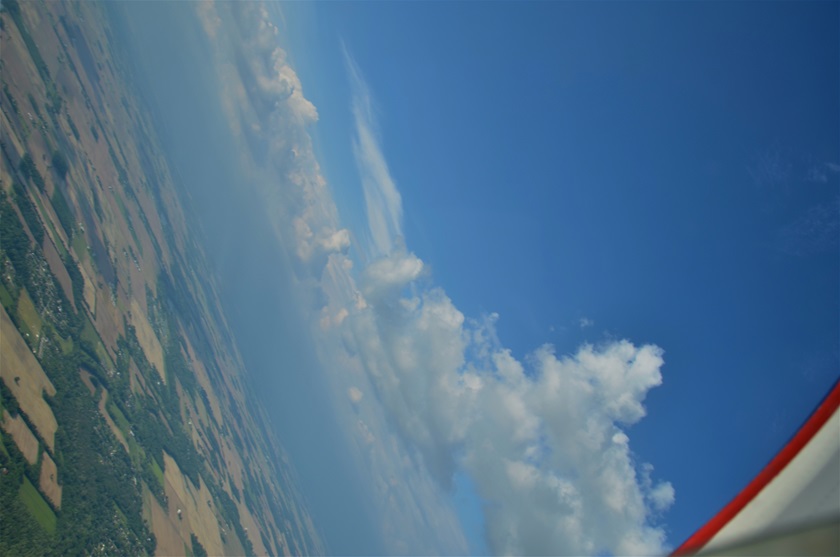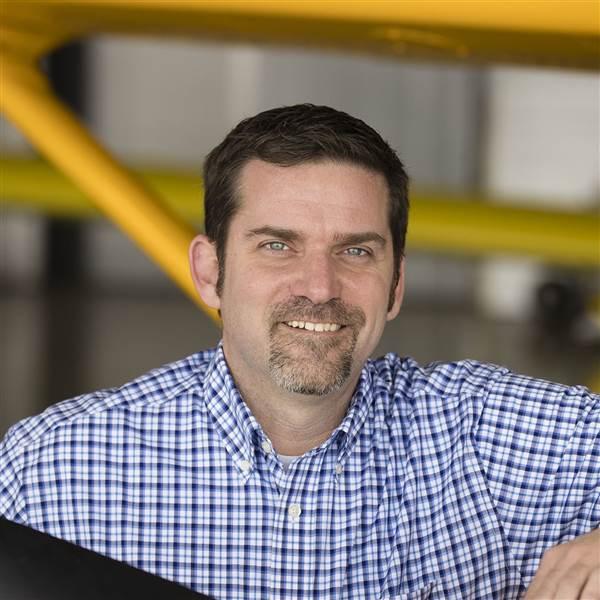VFR Unleashed: What’s next for you?
Part 12 of a multi-part series on expanding our horizons as VFR-only pilots
There are many ways to grow as a pilot without earning an instrument rating. Some might debate me on this, but I believe there are VFR-related trainings, endorsements, and ratings that could enhance your raw piloting skills even more so than learning to fly by instruments. And many of these experiences can be gained at a fraction of the cost.
Take, for example, getting your tailwheel endorsement. Every tailwheel pilot I know says it profoundly improved his or her stick and rudder skills. When I achieved that endorsement a few years ago, it certainly did for me.
I had to be honest. “I really don’t know what I was doing,” I replied.
“I can tell,” he said politely.
Landing a tailwheel aircraft requires a whole new understanding of pitch and yaw, as well as of coordinated flight and the use of the rudder, and the ability to feel the aircraft by the seat of your pants. Reading how the aircraft is reacting to a crosswind, or how much energy still needs to dissipate before touching down, or what direction the tail of the aircraft is headed versus the nose—all of these skills call us to master the fundamentals of flight in ways that a tricycle-gear aircraft simply does not require.
And, there is no better platform for enjoying VFR flight than the “low and slow” of the typical tailwheel aircraft. It’s the perfect aircraft to get into backcountry airstrips, to land on grass, or to meander among beautiful scenery. Best of all, many tailwheel aircraft have some of the lowest operating costs in all of general aviation.
Or, how about doing some training in spins or aerobatics? Understanding the aerodynamics of stalls and spins will revolutionize your confidence in controlling the aircraft in all types of flight conditions.
I called Catherine Cavagnaro of Ace Aerobatic School in Sewanee, Tennessee, and confessed that I had become uncomfortable—frankly, even a bit scared—with power-on stalls, and I needed her help.
I had good reason: Several years back a friend and I had terrified ourselves with an inadvertent spin he got us into while practicing full-power stalls in his Mooney. Thankfully, we had plenty of altitude to spare. But when that airplane flipped over and started into a spin that neither of us expected, it took a joint effort to think our way through how to recover. Neither of us could remember all the nuances of what we were told to do with spins in our primary training years earlier. Because it is no longer a part of private pilot training to actually experience and recover from a spin, we only had the book knowledge, and even that was cloudy from years of inattention. I remembered the opposite rudder part. Neither of us remembered to close the throttle. So, as the spin tightened, our fear skyrocketed.

We got out of it somehow, and I immediately vowed to train in this area. When I did, I gained a new level of respect and confidence for the entire aerodynamic envelope. I’ve done a little bit of aerobatic flight since then, and while my stomach isn’t really there just yet, the enjoyment factor is enormous. As a result, I find myself able to manipulate my aircraft more precisely in the normal flight regimes specifically because I have learned how to fly in extreme attitudes.
Or, how about getting your formation card? I don’t have my card yet, but I’ve been able to fly with those who do, and it is now on my bucket list. Learning to fly super close to another aircraft is exhilarating and opens all kinds of social experiences among groups who routinely get together to fly in formation. This is yet another skill set that calls one to learn aerodynamics, precise aircraft control, energy management, and coordinated flight. And, like everything we’ve discussed so far, it is entirely based in visual flight rules.
The point is this: We’ve been talking throughout this series about stretching your wings, going farther, gaining new experiences, and discovering new destinations. Much of my hope is to inspire VFR pilots to learn to fly with confidence and safety in the hundreds-of-miles cross-country. To achieve that, learning to analyze the weather, developing critical decision-making skills, understanding airspace and air traffic control communications, and managing risk are all paramount.
But there are so many other ways to enjoy your VFR piloting privileges and grow into a highly accomplished, confident pilot. You can add to your certificate high performance or complex endorsements and put new aircraft types in your logbook. You can achieve a seaplane rating and open yourself to a new realm of exotic destinations and social experiences. You can earn your commercial certificate and master a different level of precision in your aircraft handling. You can perfect the art of short takeoff and landing (STOL) and participate in the many competitions and gatherings of STOL enthusiasts.
Before I became deeply involved with AOPA and began attending events and meeting other pilots in a variety of settings, I was trapped in a mundane cycle of limited flying experiences out of sheer ignorance to the broader opportunities. Just about all I thought my private pilot certificate afforded me was another trip in the Skyhawk to the handful of regional airports within easy reach of home. I had not been exposed to the magnificently large world of aviating that reaches into all manner of flying in all types of environments.
I hope you will be inspired to go further. With just a few hours of good instruction in each area, you can dynamically expand the portfolio of your flying abilities and create many new experiences for yourself and those who enjoy flying with you. And best of all, every bit of this can be done exclusively in visual conditions.





